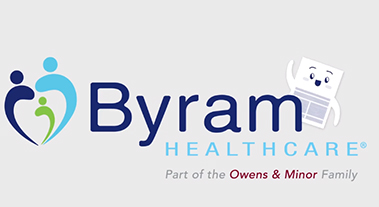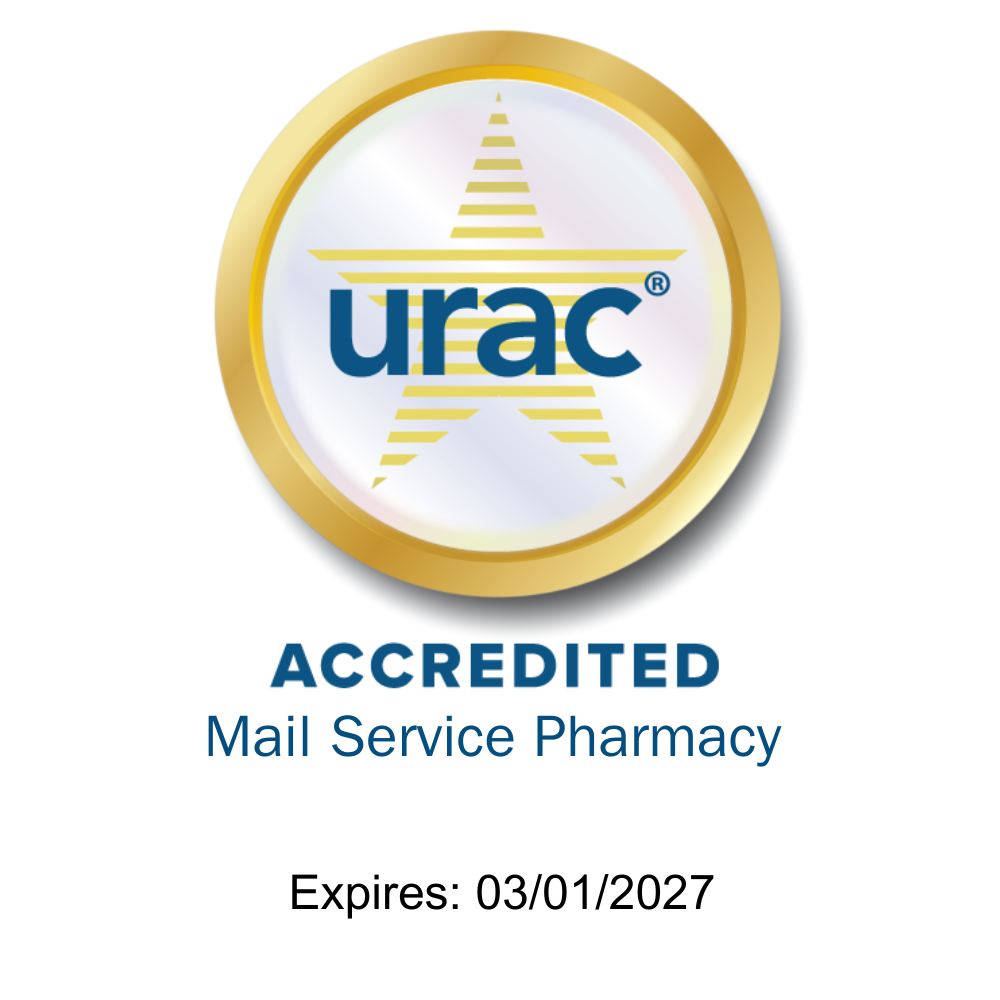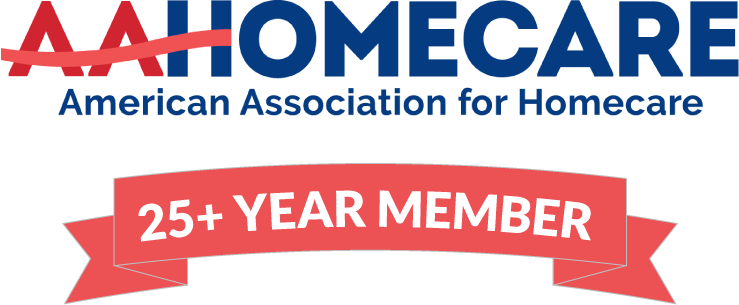
260 million lives covered
Byram’s in-network reach covers over 260 million lives. This means lower cost to your patients, faster delivery and fewer calls to you and your staff.
Reimbursement & Documentation
Medicare requires all DME suppliers to include the following documentation from the prescribing physician in order to support the need for catheters and supplies. See below the medicare urology coverage guidelines.

Urology Coverage Guidelines
Chart notes must include:
- The medical condition of permanent urinary incontinence or permanent urinary retention.
- The prescribing physician must have medical records supporting a permanent impairment of urination. A permanent condition is expected to last at least 3 months or more. This does not require a determination that there is no possibility of the patient’s condition improving in the future. The plan of care must indicate the type of catheter being used.
- The physician’s plan of care within the medical records should match the plan of care within the DWO.
Chart notes must include:
Same as Straight Tip Catheter
- Documentation in the chart notes indicating that the patient is unable to pass a straight catheter and requires a coude-tip catheter.
- Please note that a diagnosis is not sufficient on its own.
Chart notes must include:
Same as Straight Tip Catheter
One of the following conditions must be met and documented within the prescribing physician’s medical records:
1. Two distinct UTI’s (Urinary Tract Infections) within a 12-month period while on a program of intermittent catheterization or
Examples of accepted UTI symptoms, or
- Fever (oral temperature greater than 38º C [100.4º F])
- Systemic leukocytosis
- Change in urinary urgency, frequency, or incontinence
- Appearance of new or increase in autonomic dysreflexia (sweating, bradycardia, blood pressure elevation)
- Physical signs of prostatitis, epididymitis, orchitis
- Increased muscle spasms
- Pyuria (greater than 5 white blood cells [WBCs] per high-powered field)
2. Patient resides in a nursing facility as their primary residence, or
3. is immunosuppressed, for example, or
- On a regimen of immunosuppressive drugs post-transplant
- On cancer chemotherapy
- Has HIV or AIDS
- Has a drug-induced state such as chronic oral corticosteroid use
4. patient is a spinal cord injured female with neurogenic bladder who is pregnant (covered for the duration of pregnancy only).
Urology CEU Programs
Prevention and Management of Catheter- Associated Urinary Tract Infections (CAUTI)
Catheter-associated urinary tract infections (CAUTI) are common in patients with indwelling urinary catheters. This course examines the causes of CAUTIs as well as how to care for, manage, and prevent them in patients who are at risk for, or suffer from, catheter-associated urinary tract infections. Also discussed are patient education strategies for use by the patient and their caregivers/families.
Symptom Management and Treatment
This course examines the causes of overactive bladder (OAB), as well as methods to diagnose and treat the condition. Getting patients to open up about this condition is often difficult, so this program addresses various methods of reaching out to these patients, complications associated with OAB, pharmaceutical and therapy-related treatment modalities available, and appropriate absorbent product selection.
Managing the Patient with a Urinary Catheter
This course examines management principles for patients with indwelling catheters. Discussed will be the types of urinary catheters frequently seen in home care and their rationale for use, as well as considerations for short- versus long-term catheterization and indications for each. Also examined will be principles of catheter management including perineal hygiene, specimen collection, drainage bag care, bag change frequency, catheter removal and post-removal catheter site care. Catheter complications will be highlighted including CAUTI, obstructions, bypass leakage, catheter-related bladder discomfort (CRBD) and skin breakdown, and implications for the patient’s quality of life. Rounding out this course will be information on patient/caregiver education to support the successful management of the patient with a catheter.
Explore our Urology Product Catalog
Along with our product offering, our catalog offers valuable information about insurance, education and more.
Visit Our Online Urology Catalog Urology Product Catalog














